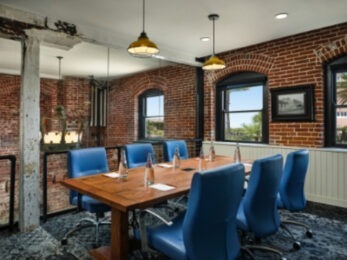Pulling into St. Louis Union Station at the dawn of the 20th century, passengers were not just arriving at another stop on the rails. The city greeted them with the 65-foot-tall, barrel-vaulted ceiling of the station’s grand hall, as well as ornate, wrought-iron gates and a two-ton, wrought-iron chandelier.
The station was a testament to the elegance and grandeur of modern architecture at the time, and a fitting gateway between St. Louis and the rest of the world. It was the first and last thing 84 years of visitors saw of the Midwest destination. And, like more than a few train stations of its kind, it is still finding new ways to delight and welcome modern groups—from casual visitors to meetings-minded professionals.
From the birth of railways to the majestic train stations built across the country as WPA projects to help lift the country out of the Great Depression, trains and transit facilities went a long way towards defining the United States. And across the country, cities are doing their best not to let that history and beauty go to waste.
St. Louis: There is a Magic
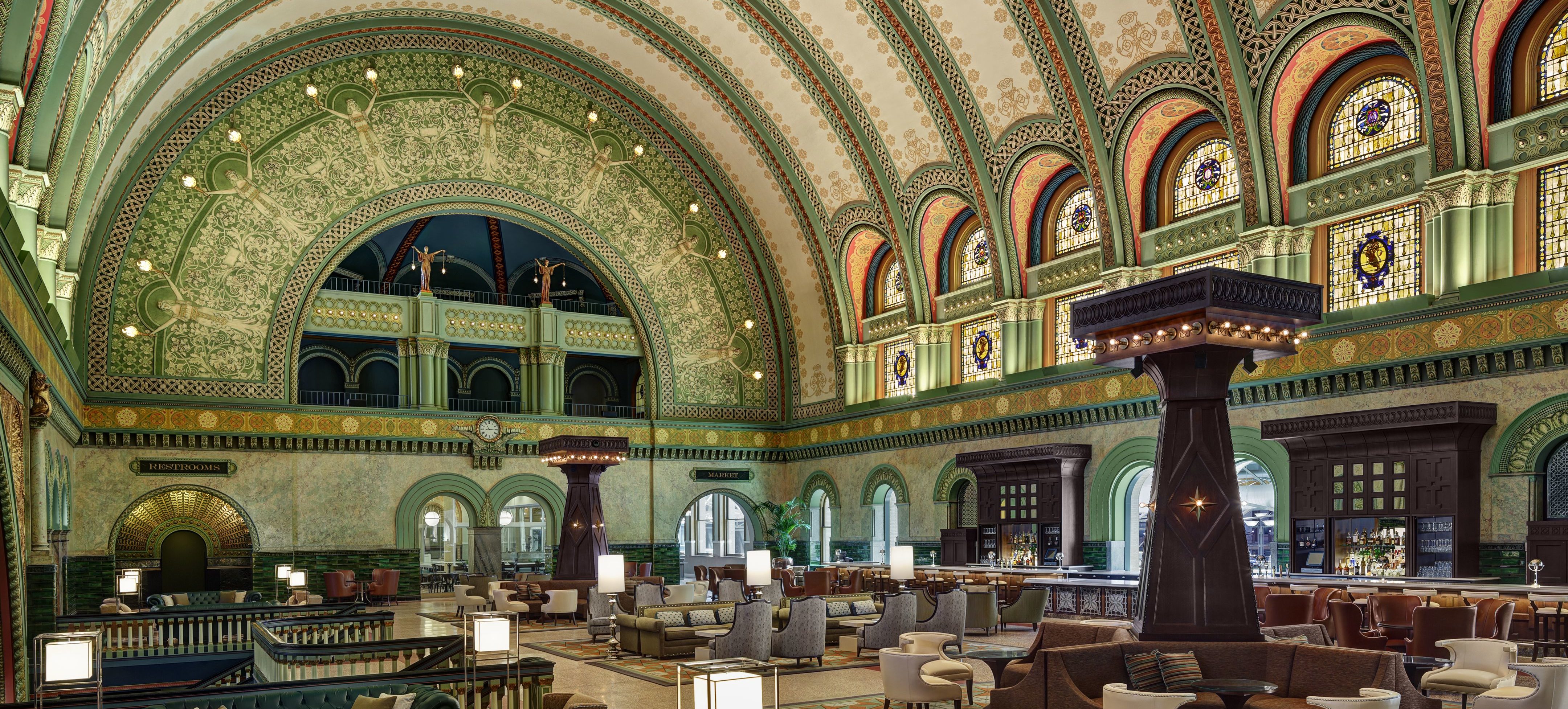
Just as St. Louis Union Station was a hub for travelers throughout the 1900s, sparking the moniker Gateway to the West, there are passionate people working to make it just as much a hub for modern visitors. Along with the restaurants and stores that now call the station home, a music-cued lightshow plays across the ceiling of the grand hall each evening, while seasonal events such as the Polar Express Train Ride cycle through. Add the history and splendor of the station itself, and the location becomes hard to resist.
“There is a magic to St. Louis Union Station,” Todd Hotaling, vice president of revenue and marketing at Lodging Hospitality Management, says. “When you walk in, you can sense the essence of all those people greeting each other, saying goodbye to loved ones. There is a real sense of nostalgia for that time when just traveling was a big deal on its own.”
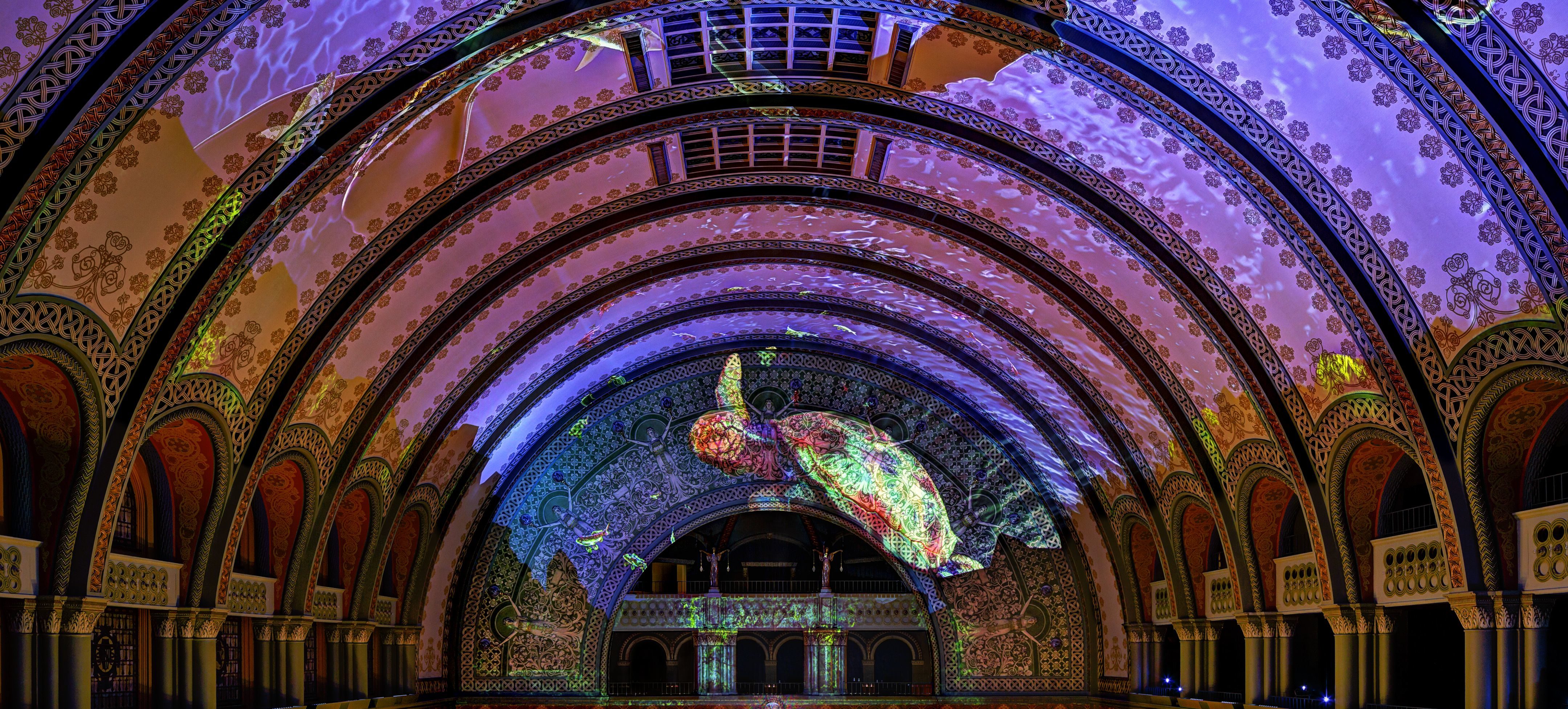
Hit hard by the decline of passenger trains, the station saw its last rail passenger in 1978. It reopened as a venue and hotel in 1985, and has remained a mainstay of downtown St. Louis ever since.
The number of hotel rooms at the station has grown from 75—when the building debuted—to 567, with St. Louis Union Station Hotel now part of the Curio Collection by Hilton. It features 130,000 sq. ft. of meeting and event space and has undergone renovations to add modern amenities to the classic aesthetic. The most recent renovations, the Clock Tower rooms, were once the Pullman Reservation Offices, and each room still bears the name of the groups who worked there.
Meanwhile, construction continues a new city aquarium at the station, which Hotaling and his team estimate will attract more than 1 million visitors in the first year. “Attendees will have access to everything right here,” Hotaling says of the station. “They’ll be able leave with something more than just having gone to another event.” They’ll have a feeling for a major piece of St. Louis history.
Denver: Bustling Energy
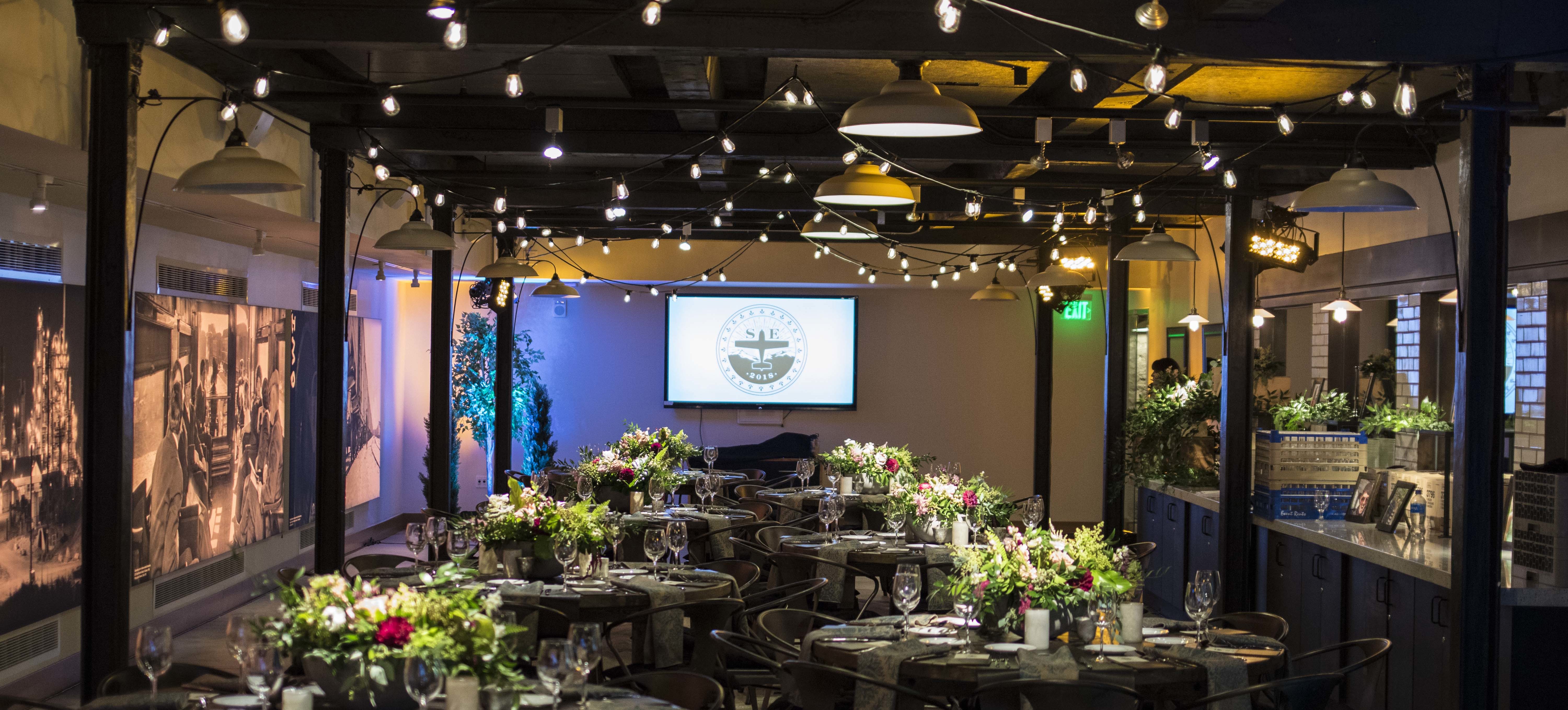
Though Denver Union Station dates back to 1880, the current building was constructed in 1914 and went through a major renovation in 2014. Today, the newly completed Union Station Transit Center is a beating heart for the city, servicing both trains and buses.
The 2014 renovation included the addition of the 112-room Crawford Hotel and 4,300 sq. ft. of meeting space on top of the Great Hall, plus bars and lounges open for private events. Looking to the future, there was a deliberate focus on making the station as all-encompassing as possible.
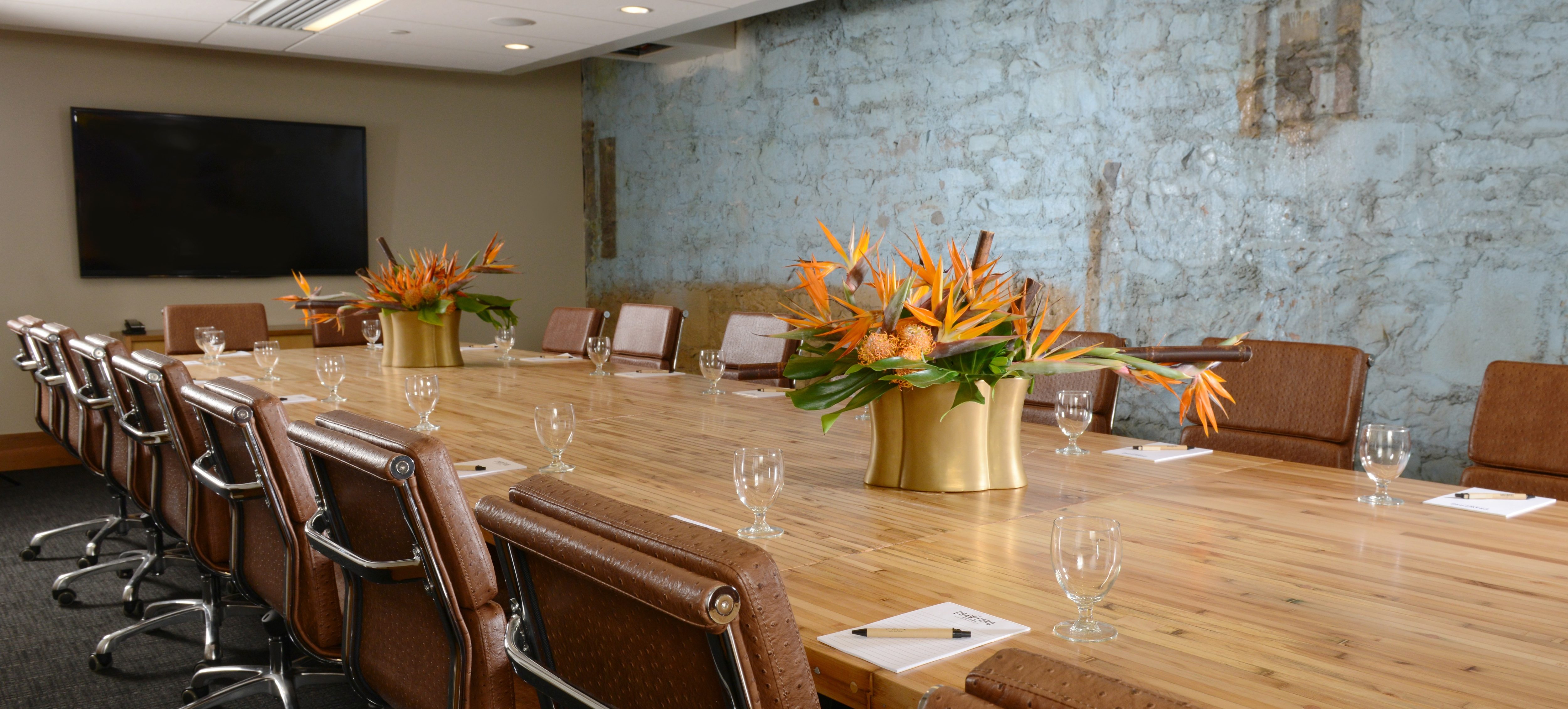
“Now known as ‘Denver’s Living Room,’ Denver Union Station is a hot destination for dining, drinking and shopping—along with events,” says Director of Catering and Events Kristin Hutton. “Meetings guests who have booked Denver Union Station truly appreciate and embrace the historic stature of the building, which also offers an amazing location in the heart of downtown.”
For Hutton it is about blending the old with the new, as well as sharing the culture and energy Denver has to offer. “Event guests love the architectural details and vibrancy of the Great Hall, enjoying exclusive space amongst the bustling energy of an active train station and hotel lobby,” she says. And that’s before they even experience the modern amenities of the meeting rooms and hotel.
Los Angeles: More Than Just Somewhere You Pass Through
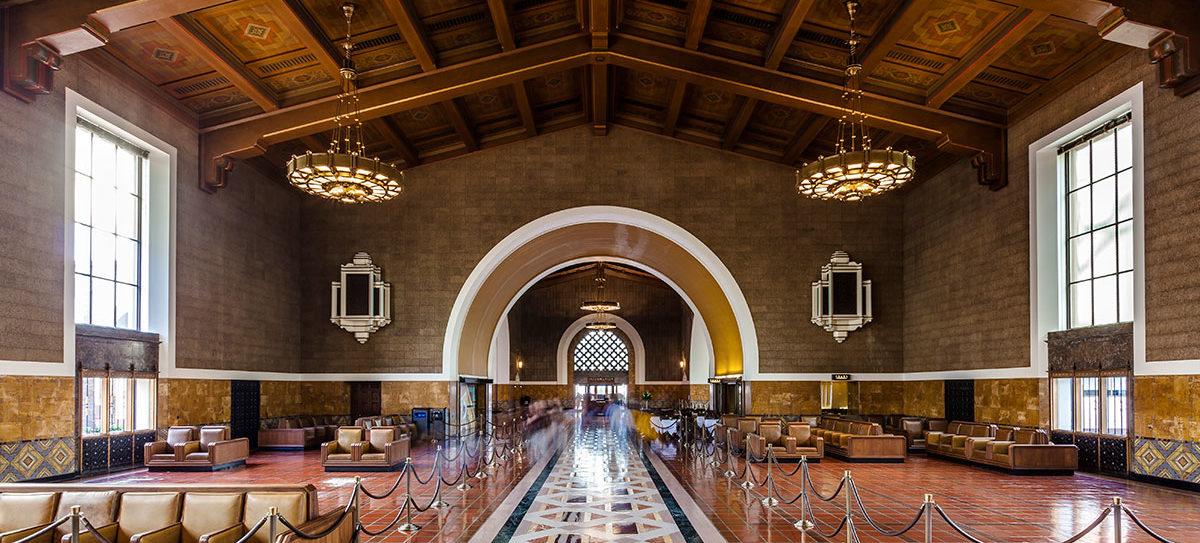
When Los Angeles Union Station opened in 1939, more than 500,000 people attended the festivities. That was roughly a third of the population of Los Angeles at the time.
Another still-functioning train station, Los Angeles Union Station serves roughly 100,000 commuters a day. But it also opens its doors to groups looking to lend a bit of its historic, art deco style to their events. Whether meeting in the ticket concourse, the iconic waiting area—notable for having been used as the set for the cyberpunk police station in Blade Runner—or either of the outdoor patios, each offers a distinct mood and significance to events.
Newest food and beverage attraction is brewpub Imperial Beer Co. and The Streamliner, which joins fine-dining Traxx Restaurant and several grab-and-go eateries.
“First and foremost, the station is a transit facility,” Ken Pratt, director for Union Station property management, says, “but we’ve seen a chance to add to the opportunity here. More than just somewhere you pass through, it is now a destination. We’ve invested in it as the face of metro.”
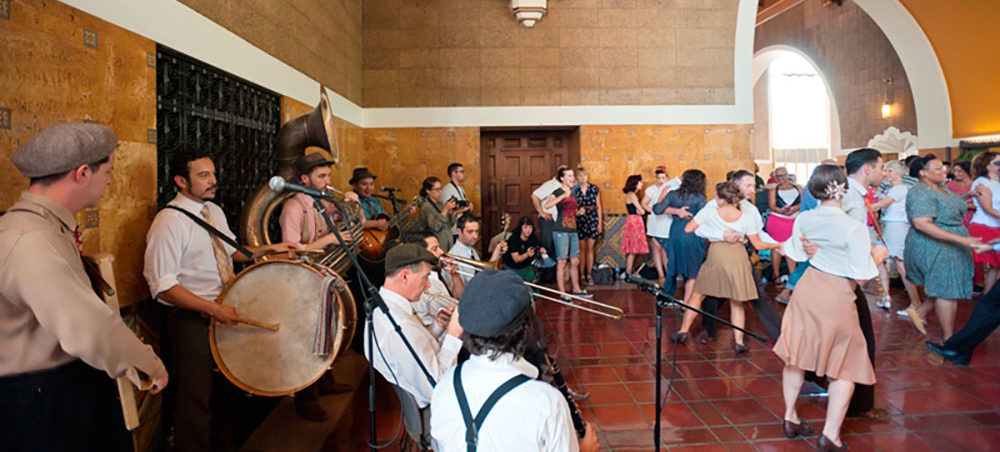
The station compliments its roughly 50,000 sq. ft. of event space with events and spectacles that Pratt describes as ranging “from the ridiculous to the sublime.” Be it experimental opera, salsa nights, capoeira or holiday events such as the recent “Boo-nion Station Halloween,” there is a bit of something for everyone—and the focus is on establishing a sense of community.
“We serve the work-a-day person, the traveling public. Events and being a venue help make that more welcoming and open. It’s about giving people a sense of safety, security and pleasure,” Pratt says. “And it’s rooted in the iconic artistry and history of Los Angeles.”
Elsewhere
Although its trainshed burned in 1996, Union Station Hotel Nashville offers 125 rooms and 11,000 sq. ft. of event space. It even promises to be “a beacon of the new and nostalgic Nashville.”
In Detroit, Ford Motor Company recently purchased long-abandoned Michigan Central Station, announcing plans to turn it into a new tech campus and a beacon of promise and commerce for its Corktown neighborhood. “This beautiful space will be completely restored and be open to the public,” Ford Executive Chairman Bill Ford said to Detroit Free Press.
“We’ll have restaurants and coffee shops and bars and retail all going on down here. We’re also going to work with the community to see what they would like to happen here. We don’t want to just be this corporate entity coming downtown. We want to be part of the fabric of Corktown.”



